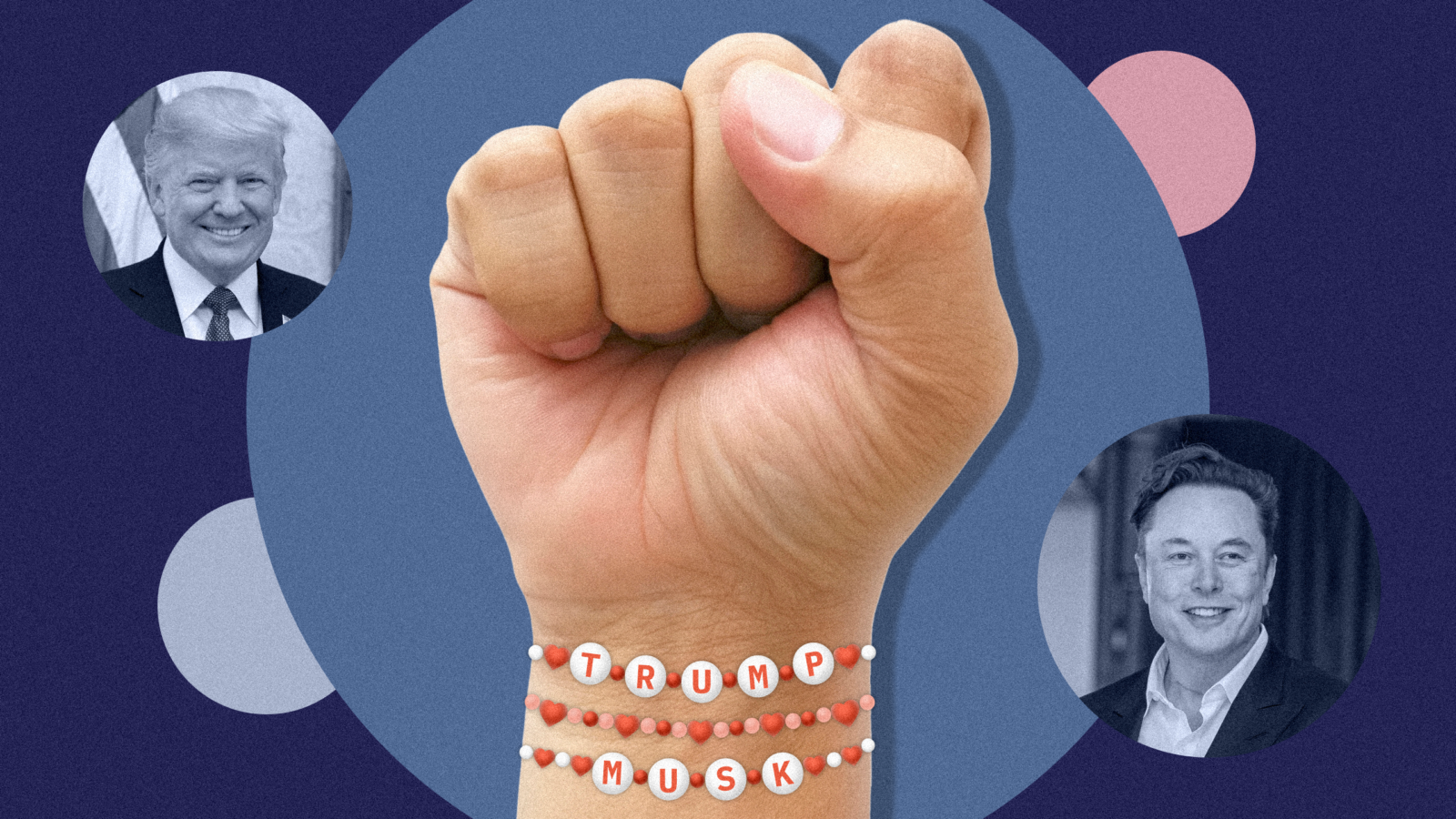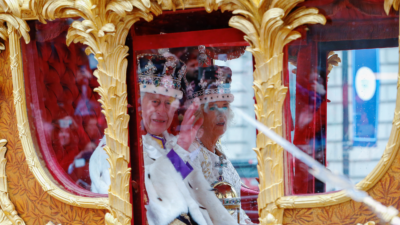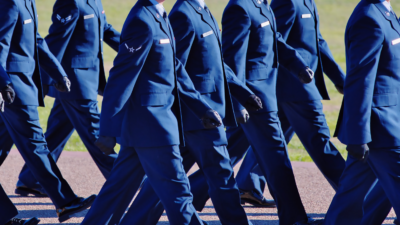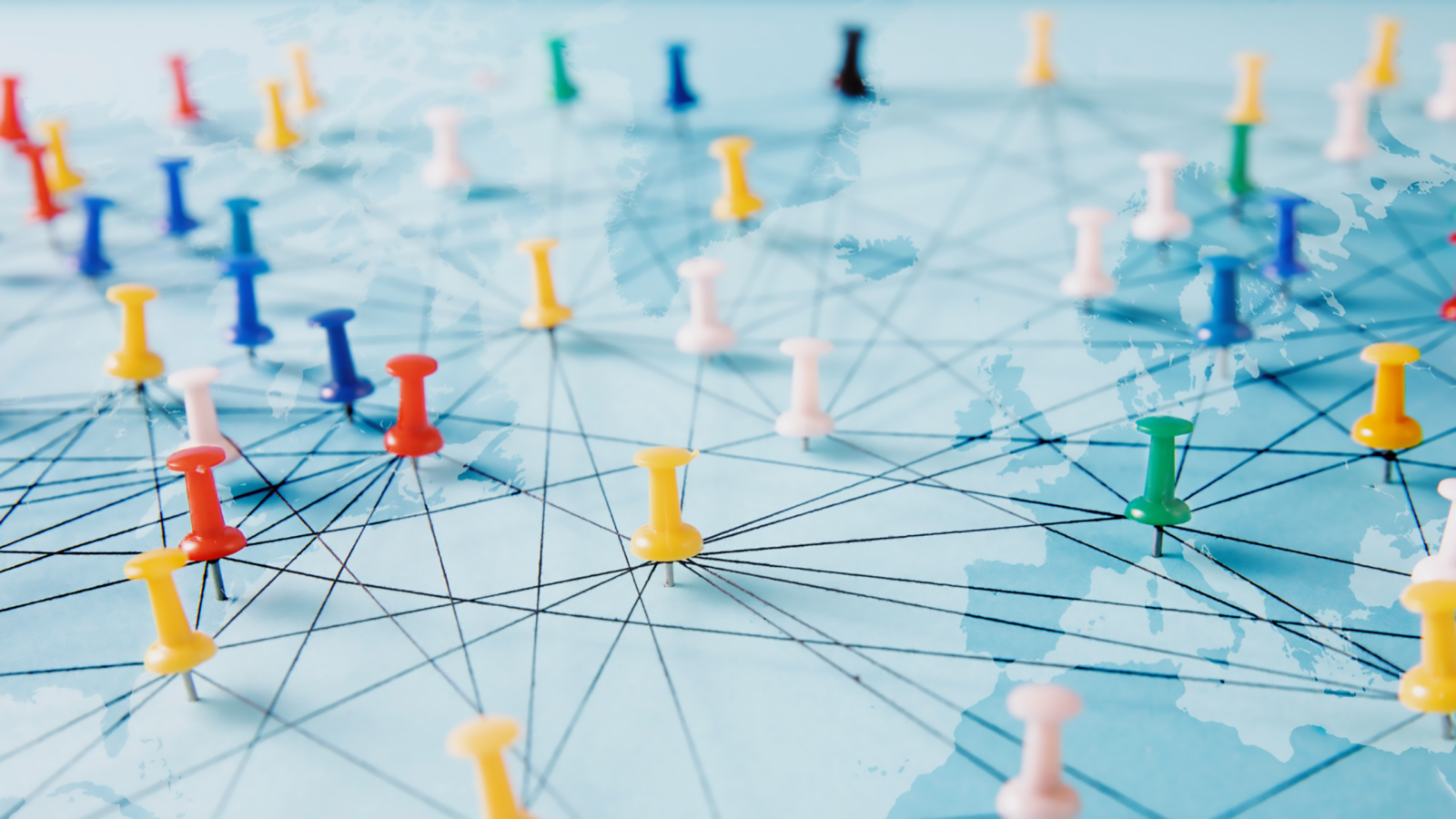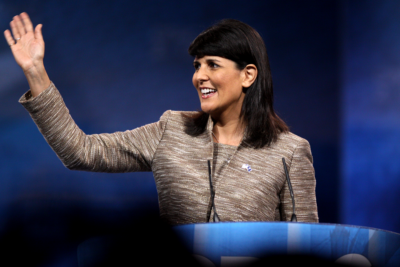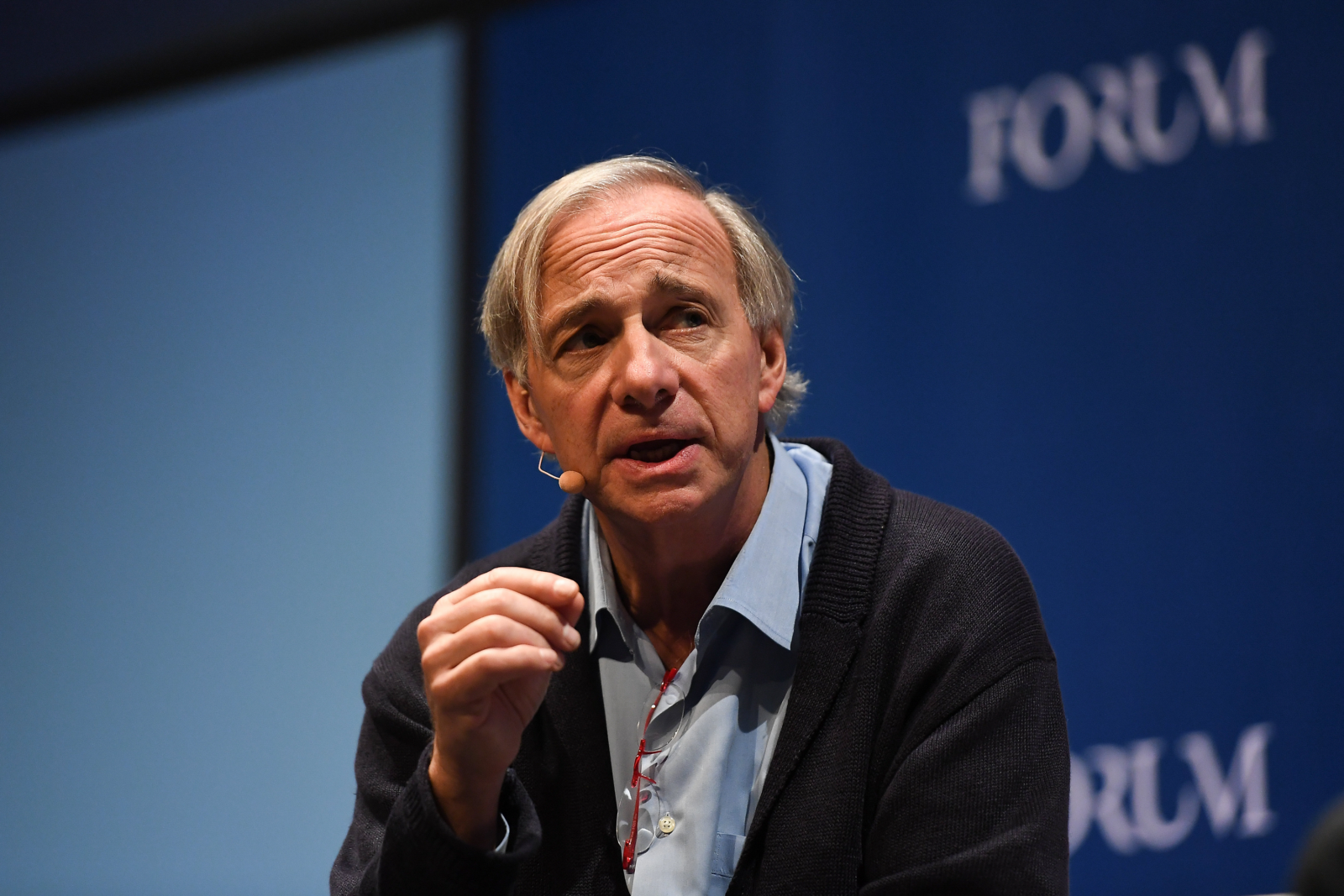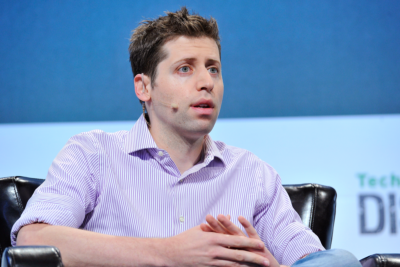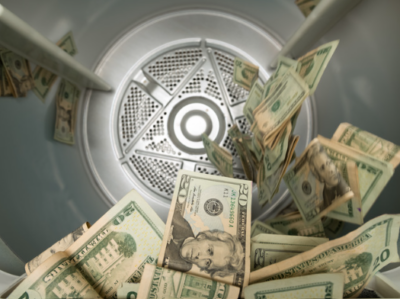Thomas H. Lee and the Master of the Universe Syndrome
Why would one of Wall Street’s most iconic billionaires take his own life?
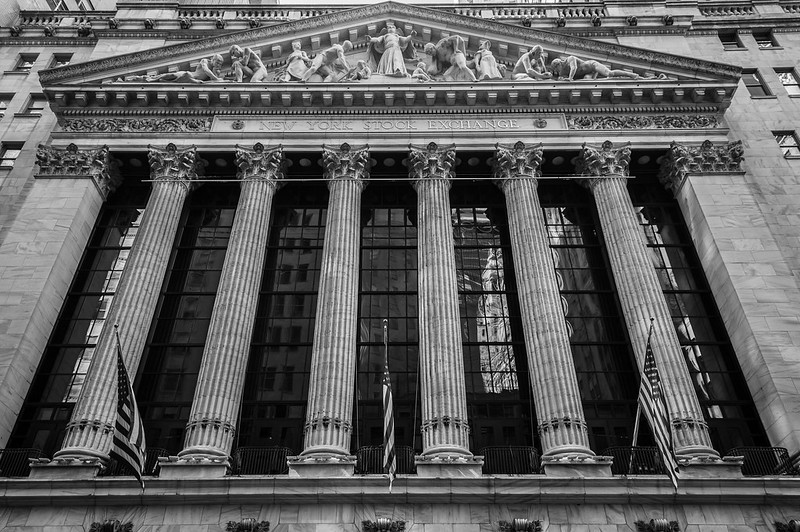
Sign up to unveil the relationship between Wall Street and Washington.
The following article is from Power Corridor, which delivers propulsive insights on Wall Street and politics into your inbox every Wednesday and Friday. Subscribe here.
The suicide of billionaire buyout king Thomas H. Lee left Wall Street stunned, incredulous and grasping for answers.
Lee was a private equity titan worth an estimated $2 billion. At 78, he led a firm with his name on the door and had done so for nearly half a century. The companies Lee founded, tracing back to the one he started in Boston in 1974, not only laid the cornerstone to the private-equity industry, but also managed and raised tens of billions of dollars and worked with hundreds of companies around the world.
On top of it all, Lee had a wife of nearly three decades, five children and two grandchildren. He had long ago arrived at a place that most people can only dream of, and seemingly had everything to live for. He should have been sitting back, enjoying the fruits of his labors, traveling the world, being with his family, or pursuing any endeavor he saw fit.
Among those I interviewed who knew Lee personally and professionally, some of them for decades, none could recall any other time a billionaire of Lee’s stature, a man whose legacy as a trailblazing financier and generous philanthropist was assured, had taken his own life. Maybe it was this fact, more than any other, that no one seemed able to get past.
Above all, Lee was far too savvy not to have known the confusion and outsized reaction his sudden death would cause. The furious headlines, the press speculation and, more compellingly, the sadness of his own family, friends and colleagues.
The circumstances surrounding his death are particularly haunting. His choice to end things with such finality was, to all I spoke with, genuinely devastating. Lee went into his office at the iconic General Motors building at 767 Fifth Avenue in New York and was found the next morning, February 23, in his bathroom dead from a self-inflicted gunshot wound to the head. The New York City Medical Examiner’s office ruled it a suicide the following day and confirmed to Power Corridor there was an investigation and autopsy. It was unable to confirm a toxicology report or the results. Both an autopsy report and any toxicology report would be sealed to anyone but his family. Lee used a Smith & Wesson revolver, its license found in his office and, reportedly, there was no suicide note.
Initially, the news led to a flurry of conspiracy theories involving, among other things, Lee’s connections throughout Wall Street, Washington and the art world (Lee was a prolific collector of Warhols, Rothkos and Pollocks and was a long-serving member of the board of the Whitney Museum of American Art). None of these theories held much, if any, weight. Obituaries and meditations penned to Lee in the aftermath dug up tired old scandals or sought to re-litigate distant events of his life, including an affair and extortion scandal. One journalist even dangled the tantalizing tidbit that Lee’s suicide had arisen from a deal gone bad, unconfirmed of course. Another publication painted a strained picture of Lee struggling to score another big win like his $1.7 billion sale of Snapple in the 1990s. But the 90s ended decades ago. It seemed like a monumental stretch.
As some attempted to read into the most trivial details of the financier’s life for a clue as to what led him to such a grim end, other, more human accounts of Lee began to surface. These stories spoke to the human inside the billionaire: A man who sometimes drank a little too much and jubilated a little too freely at the odd private party, but more recently had managed to quit drinking, lose several stone and had taken to perambulating outdoors during the pandemic.
Sources close to Lee explained he had been taking a medication to make it easier not to drink and this may have contributed to low feelings and depression. As anyone who has ever supported a loved one trying to refrain from substance misuse well knows, it is not as easy as just quitting. Learning to cope in healthy ways is often the hardest part of the process. Another source told me the medication, which he could not recall the name of, seems to have also occasionally made Lee feel ill.
These more human details explain why so much of the news coverage surrounding Lee’s death felt so stilted and unsatisfying. Particularly the stories postulating that Lee, perhaps, was put out because some of his competitors and contemporaries made more money than he did last year (Blackstone CEO Steve Schwarzman’s record $1.27 billion paycheck was brought up, as well as the fortunes of KKR & Co.’s Henry Kravis and George Roberts). These were shallow takes on what was likely to be a more complex situation. For instance, it was well known Lee had taken a step back years ago from day-to-day operations, but he remained involved, checking up on his businesses and dialing into key conference calls.
Perhaps a kernel of truth to these stories was that, according to people who knew Lee, he did miss the action of his glory days. “The mundanity of life,” said a person who served on the board of a fund co-owned by Lee. “Sometimes life being just plain awesome isn’t enough.”
There were likely other contributing factors to Lee’s death, but these may never fully come out. One thing that cannot be denied is that while Wall Street loves to fete its latest geniuses, it is frequently dismissive, neglectful and even cruel to its bygone Masters of the Universe. Once someone has become a billionaire there is little consideration given to what it might mean for a towering figure of Lee’s ilk to slowly find himself out of the limelight.
“Imagine being Neil Armstong – you’ve walked on the moon, but now you’re at a conference at the Javits Center, signing pictures of the moon,” says one person who knew Lee. Is it possible Lee had just had enough? It is not hard to see how life may seem bleak when ideas, inspiration and enthusiasms run out, the board member noted.
To illustrate, he tells the story of Ray Chambers, another leveraged buyout king who worked hard to stay engaged and inspired and is now 80 years old. After making his fortune as co-founder and chairman of New York private equity firm Wesray Capital Corp., Chambers sought a different kind of coup – one off Wall Street. He knew he might never again match his greatest bonanza, but he still wanted to do something big.
“Ray told me he Googled, ‘What kills the most children every year?’ and he discovered it was malaria,” the board member says. “So, he did the math and made it his mission to get a mosquito net for every child exposed to malaria in the world.” Chambers gave millions away to the cause, saving countless children and today serves as an ambassador for global strategy and health financing at the World Health Organization. The lesson, says the board member, is to stay engaged and inspired – even if it’s a little bit ego-driven. And it’s never about the money. It’s what you do with it.
Power Reads
Some of our favorite recent reads, for your weekend edification.
Q&As can get wild and woolly sometimes, both for the journalist and the subject. But this one by New Yorker staff writer Isaac Chotiner, with former congressman Barney Frank — who played a leading role in overhauling U.S. financial regulations following the 2008 global financial crisis and then served on the board of Signature Bank as it went under — got downright uncomfortable. Spoiler: Barney actually says he did it for the money. You can read it here.
Remember that Chinese spy balloon, floating over U.S. airspace, intelligence-gathering for all to see, before a fighter jet shot it down? Who could forget. A phenomenal piece out from espionage and science writer Yudhijit Bhattacharjee in The New York Times explains in deep detail how spying is directed by China’s Ministry of State Security, or M.S.S., and how it works. The governing philosophy, according to one Chinese military officer: “We don’t draw the line between national security and economic espionage the way you do. Anything that builds our economy is good for our national security.” For the full story, go here.
If you find yourself suffering U.S.-Russia-Ukraine war fatigue, we are with you. But if you’re still wondering, after the Chinese spy balloon fracas, ‘What is going on now with Russian fighter jets and a downed U.S. reconnaissance drone over the Black Sea?’ International Intrigue provides some quick insights without asking you to read through pages of unintelligible foreign policy. Among them, the crashed drone may have been a genuine accident, the result of “an overanxious pilot,” according to one former U.S. military leader. And a current U.S. official shrugs it off as “amateur hour.” For a to-the-point synopsis, check out the story here.
The views expressed in this op-ed are solely those of the author and do not necessarily reflect the opinions or policies of The Daily Upside, its editors, or any affiliated entities. Any information provided herein is for informational purposes only and should not be construed as professional advice. Readers are encouraged to seek independent advice or conduct their own research to form their own opinions.
